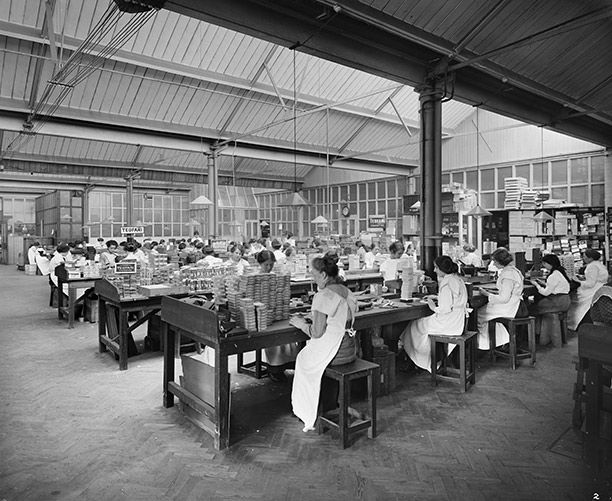Smoking in the First World War
Chris Wrigley explores the hugely beneficial impact of the First World War on the British tobacco industry and looks at how smoking became an approved symbol of comradeship and patriotism.
 The trade journal Tobacco, in an editorial of October 1914, claimed that ‘it might almost be said that a man in the firing line first thinks of his cartridges and the very next thing he seems to worry about is ammunition for his pipe. The pipe itself is only less precious than the rifle’. While frontline troops were probably more concerned with lack of regular food or effective footwear to cope with the often waterlogged trenches, nevertheless tobacco and cigarettes were highly valued comforts.
The trade journal Tobacco, in an editorial of October 1914, claimed that ‘it might almost be said that a man in the firing line first thinks of his cartridges and the very next thing he seems to worry about is ammunition for his pipe. The pipe itself is only less precious than the rifle’. While frontline troops were probably more concerned with lack of regular food or effective footwear to cope with the often waterlogged trenches, nevertheless tobacco and cigarettes were highly valued comforts.
British soldiers and sailors smoked 1,000 tons of cigarettes and 700 tons of pipe tobacco in 1915. The tobacco trade journals quoted from an article in the Lancet:





